How Technology Predicts and Perfects Downhole Drilling
The realm of downhole drilling has witnessed a transformative shift in recent years, thanks to the relentless march of technology. This article delves into the intricate dance between technology and downhole drilling, exploring how advancements in simulation and predictive technologies have not only met but exceeded the original specifications for performance and durability.
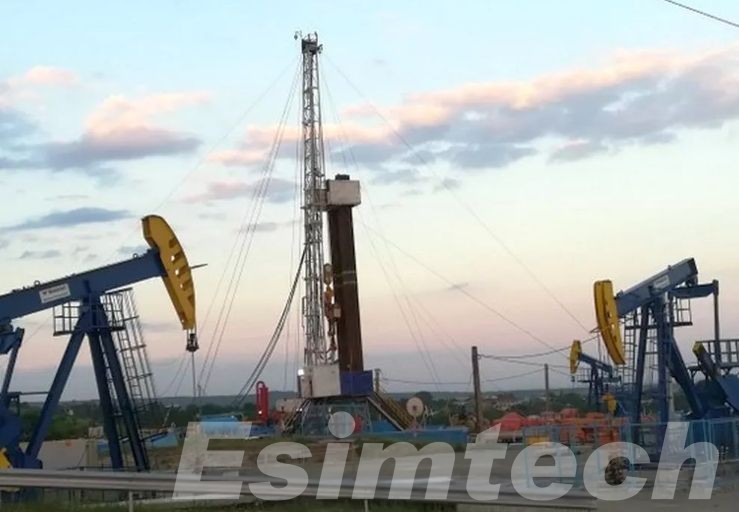
Evolution of downhole drilling techniques
Downhole drilling techniques have come a long way since the early days of hammering a hole into the ground with a simple pole and bit. Today, we have sophisticated rigs that can drill miles underground, through hard rock and soft sediments, in all directions imaginable. Here’s a look at the major milestones in the evolution of downhole drilling techniques:
Early days (pre-1850s)
Primitive percussion: The earliest drilling methods involved simply pounding a hole into the ground with a heavy weight or pole. This was slow and labor-intensive, and limited to shallow depths.
Cable tool drilling: This method used a rope or cable to raise and lower a bit into the hole. The bit would crush and break the rock, and the cuttings would be removed with a bailer. Cable tool drilling was an improvement over percussion drilling, but it was still slow and limited to depths of about 2,000 feet.
Rotary drilling (mid-1800s to present)
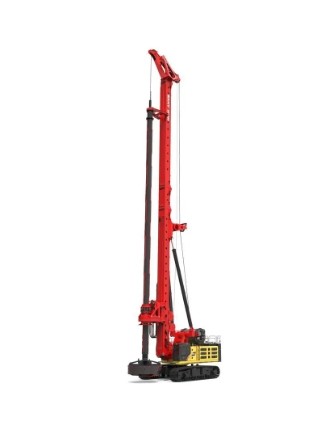
Rotary drilling: This is the most common type of drilling used today. A rotating bit is powered by a engine or motor, and it cuts through the rock as it turns. Drilling fluid is circulated down the drill string to cool and lubricate the bit, and to remove cuttings from the hole. Rotary drilling is much faster and more efficient than percussion or cable tool drilling, and it can reach much greater depths.
Directional drilling (early 1900s to present)
Directional drilling: This technique allows drillers to control the direction of the borehole. This is important for reaching targets that are not directly below the rig, such as oil and gas reservoirs that are located offshore or beneath difficult terrain. Directional drilling is made possible by using a bent sub or mud motor to deflect the bit.
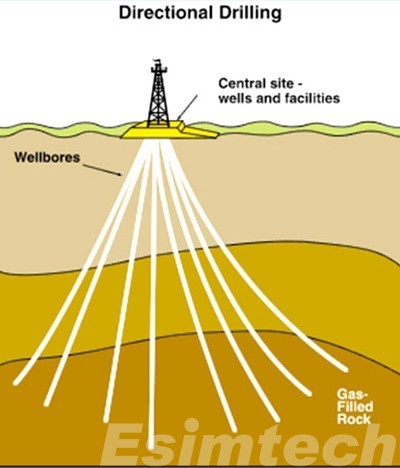
Advances in drilling technology (mid-1900s to present)
- Mud logging: This technique involves analyzing the cuttings that are brought up from the wellbore. Mud loggers can use this information to identify different rock formations and to determine the presence of oil or gas.
- Well logging: well logging simulation involves lowering sensors into the wellbore to measure the properties of the rock formations. Well logs can be used to identify oil and gas reservoirs, to determine the porosity and permeability of the rock, and to map the geology of the area around the well.
- Horizontal drilling: This technique allows drillers to drill long horizontal sections from a single vertical wellbore. This is useful for reaching oil and gas reservoirs that are spread out over a large area, or for tapping into reservoirs that are located beneath environmentally sensitive areas.
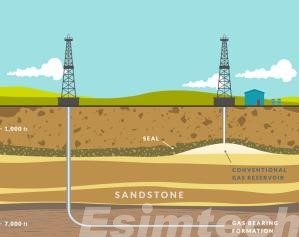
- MWD/LWD (Measurement While Drilling/Logging While Drilling): These technologies allow drillers to obtain real-time data about the formation they are drilling through. This information can be used to make decisions about the drilling process, such as changing the direction of the wellbore or adjusting the drilling parameters.
These are just some of the major milestones in the evolution of downhole drilling techniques. As drilling technology continues to evolve, we can expect to see even more efficient and effective ways to drill for oil, gas, and other resources.
The Rise of Simulation Technology in Downhole Drilling Operation
Drilling for oil and gas is a complex and risky business. The deeper you go, the more challenging it becomes to predict what you’ll encounter and how to react. That’s where simulation technology comes in.
Downhole drilling simulation is the use of computer software to model the drilling process. These simulations can take into account a variety of factors, including the geology of the area, the type of drilling rig being used, and the drilling fluid being used.
Types of Downhole Drilling Simulations
There are many different types of downhole drilling simulations, but some of the most common include:
- Geological simulations: These simulations model the geology of the area being drilled. This can help to identify potential drilling hazards, such as faults and fractures.
- Drilling mechanics simulations: These simulations model the mechanics of the drilling process. This can help to optimize the drilling parameters, such as the weight on bit and the rotary speed.
- Wellbore stability simulations: These simulations model the stability of the wellbore. This can help to prevent wellbore collapse, which can be a major safety hazard.
Types of Downhole Operation Simulation
The characteristics of underground operations make it very difficult for teachers to explain and students to understand the relevant technology and process in the training process. So downhole operation simulation came into being. Here are some common types of downhole operation simulations in addition to drilling:
- Workover Simulations: To model interventions in a well to restore or enhance production, practicing procedures safely and efficiently.
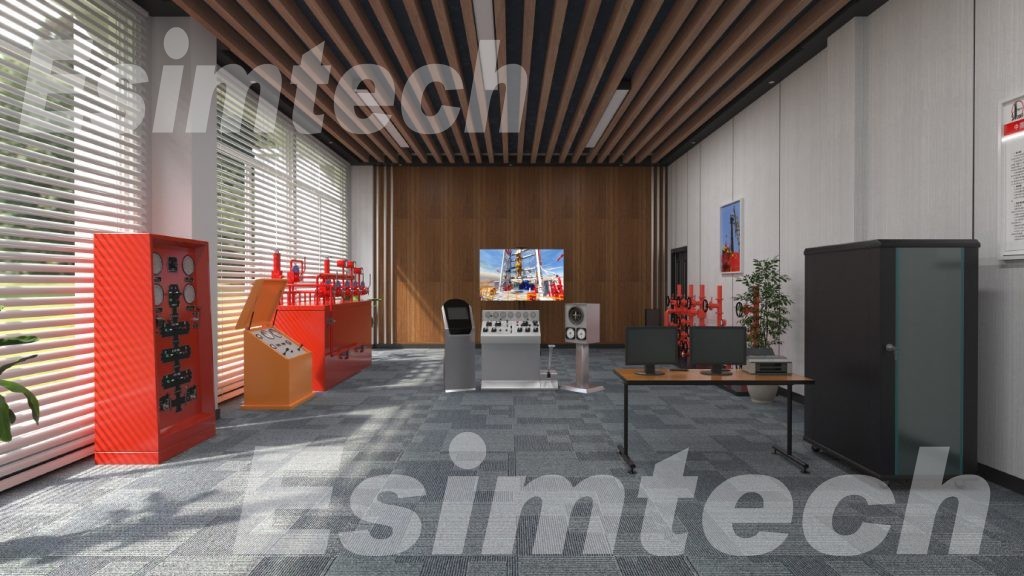
- Fracturing Simulations: To optimize hydraulic fracturing treatments by modeling fracture propagation and fluid flow.
- Production Simulations: To model the flow of fluids from the reservoir to the surface, predicting production rates and optimizing production strategies.
- Transient Simulations: To model short-term well behavior, such as during flow tests or well control events.
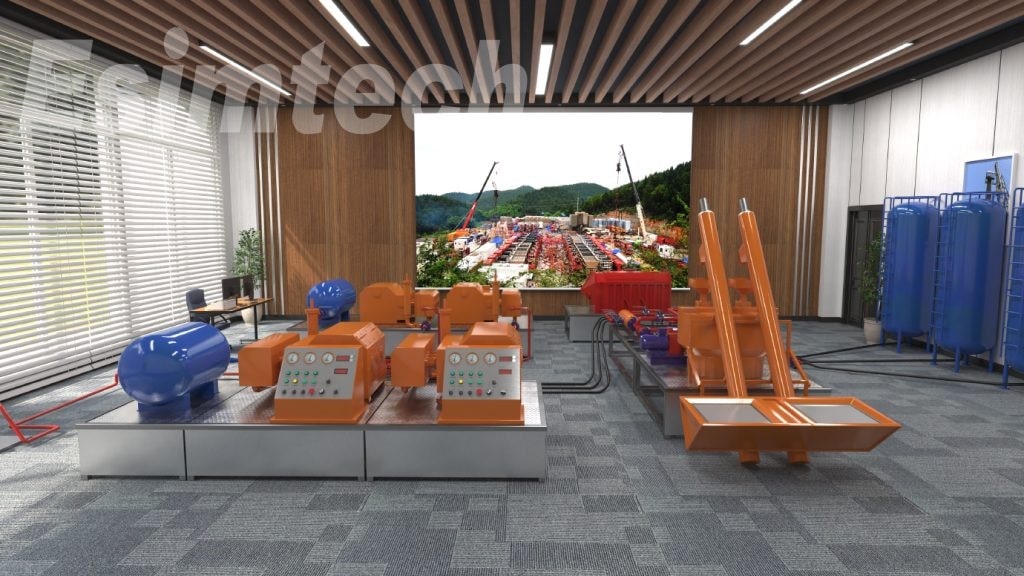
Predictive Technologies in Downhole Drilling
Downhole drilling is a complex and risky operation, venturing into the unknown depths of the Earth. But with the rise of predictive technologies, the industry is gaining superpowers to anticipate problems, optimize performance, and maximize safety.
Here are some key predictive technologies transforming downhole drilling:
1. Real-time Drilling Data Analytics:
Sensors embedded in drillstrings and mud pumps capture real-time data on drilling parameters like weight on bit, torque, and flow rates.
Machine learning algorithms analyze this data to identify early warning signs of potential issues like stuck pipe, wellbore instability, or kicks.
2. Formation Imaging and Logging:
Advanced logging tools like electromagnetic imaging and nuclear magnetic resonance provide detailed 3D images of the rock formations around the wellbore.
This data helps predict geological hazards like faults, fractures, and high-pressure zones, enabling proactive adjustments to drilling plans.
3. Mud Logging and Geochemical Analysis:
Mud loggers analyze rock cuttings brought to the surface by the drilling fluid to identify changes in lithology and potential hydrocarbon presence.
Advanced geochemical analysis can detect subtle changes in the chemical composition of the cuttings, indicating the proximity of oil or gas reservoirs.
4. Seismic Data Interpretation and Inversion:
Advanced seismic processing techniques extract detailed information about the subsurface from seismic surveys.
Seismic inversion converts seismic data into models of rock properties, allowing for predictive mapping of formations and fluid content.
5. Cloud-based Simulation and Modeling:
Powerful cloud platforms host sophisticated drilling simulations that incorporate real-time data and geological models.
These simulations can predict the behavior of the wellbore, optimize drilling parameters, and identify potential problems before they occur.
Conclusion
Downhole drilling is a risky and complex endeavor, but with the help of innovative simulation technology, it is becoming increasingly predictable and efficient. By peering into the subterranean labyrinth and understanding the forces at play, we can drill smarter, drill safer, and ultimately, unlock the Earth’s bounty more sustainably and responsibly. The future of energy exploration lies not in the darkness of the unknown, but in the illuminating power of technology.

